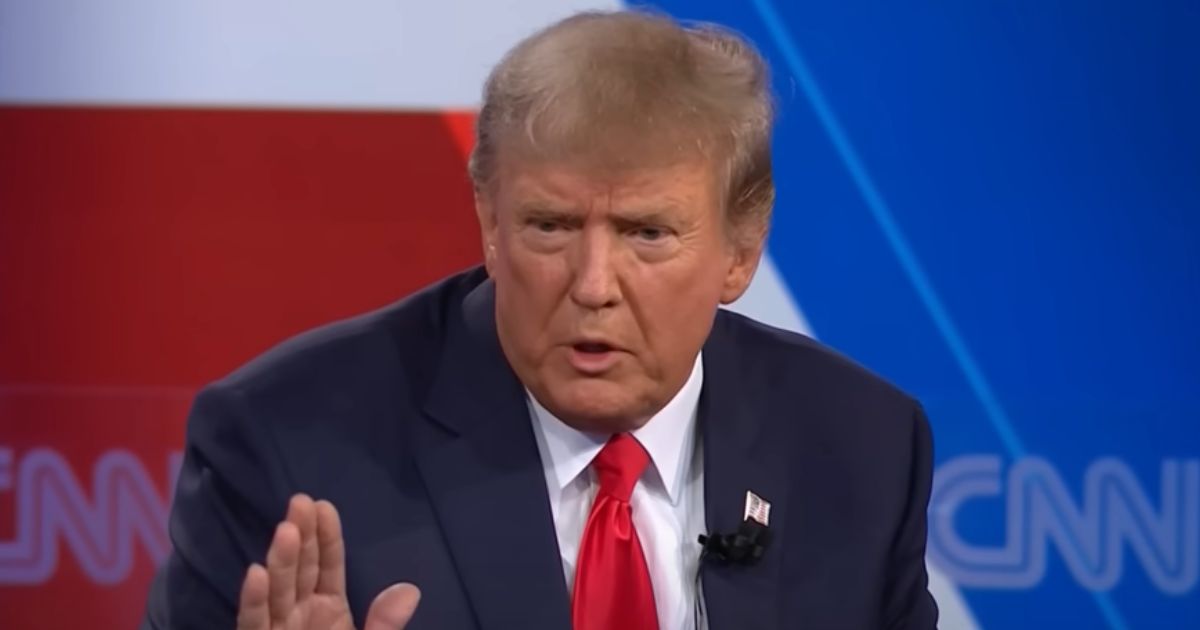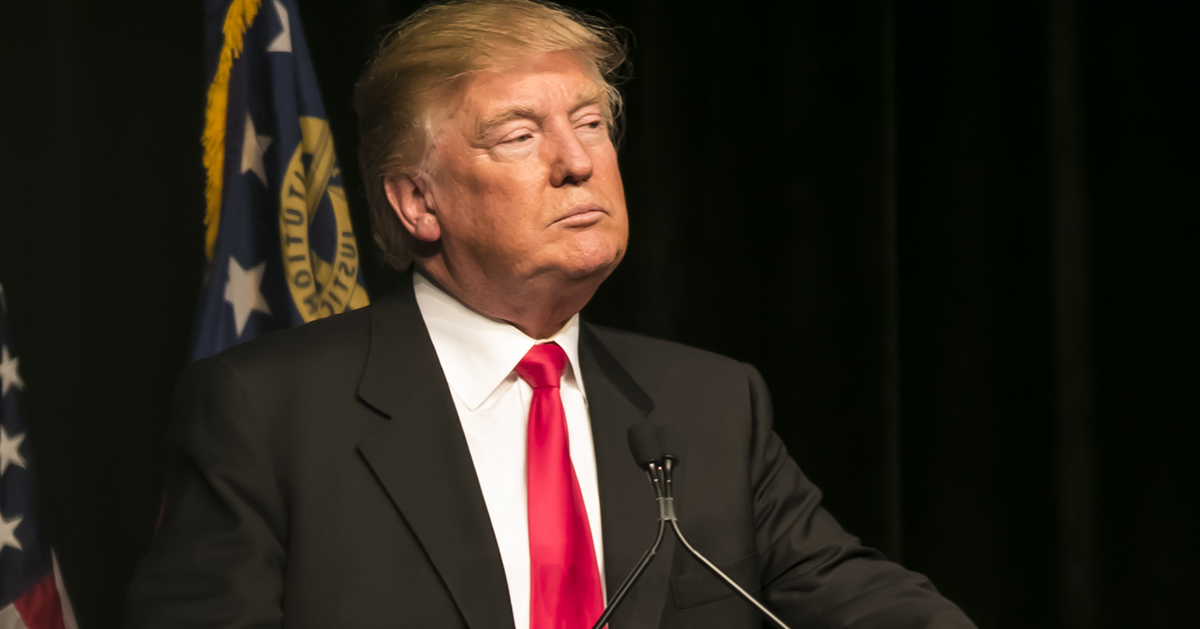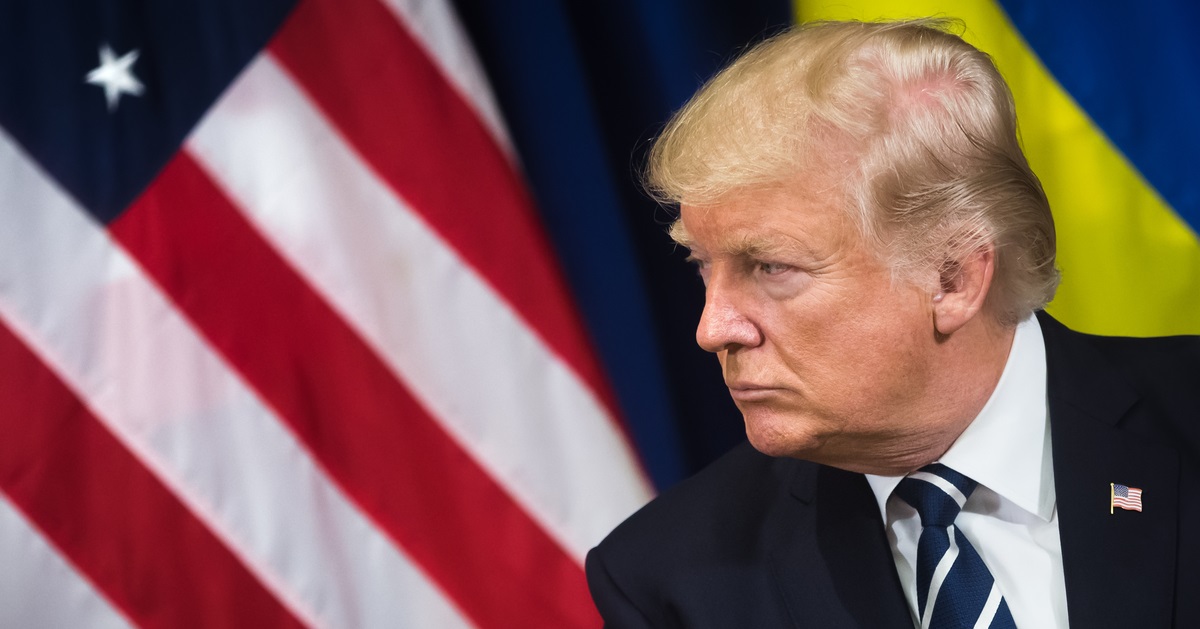Vice President Harris' Union Voter Support Dips to Historic Lows
Vice President Kamala Harris faces a significant challenge in retaining traditional Democratic support among union voters as the 2024 election approaches.
According to Fox News, CNN data reporter Harry Enten suggests that the Vice President might be heading towards the weakest showing for a Democratic candidate among union voters in recent history.
The data presented by Enten reveals a stark contrast between Harris's current standing and the performance of previous Democratic candidates.
While President Joe Biden enjoyed a 19-point lead among union household voters in November 2020, Harris currently holds only a 9-point advantage in this category.
Historical Context Of Union Support
Union support has traditionally been a stronghold for Democratic candidates, but this trend has shown signs of erosion in recent years.
Enten highlighted the historical significance of union voters to the Democratic party. He noted that Bill Clinton secured a 30-point lead among union households during his campaign. However, by 2016, Hillary Clinton's margin had shrunk to just 12 points, marking the lowest Democratic performance in this category since 1984.
The current 9-point lead for Harris represents a further decline in Democratic support among union voters. This shift could have significant implications for the upcoming election, given the historical importance of this voting bloc to Democratic candidates.
Changing Landscape Of Working-Class Voters
The data presented by Enten also sheds light on broader shifts in working-class voter preferences.
One striking statistic revealed by Enten concerns voters who have attended trade or vocational schools. In the early 1990s, Bill Clinton held a 7-point advantage over George H.W. Bush among this group. In stark contrast, current polling shows Donald Trump with a 31-point lead over Harris among the same demographic.
This dramatic reversal underscores a significant realignment of working-class voters. Enten emphasized that this shift is particularly noteworthy among voters who work with their hands, a group that Trump has actively courted throughout his political career.
Impact On Non-College Voters Of Color
The analysis also revealed interesting trends among non-college educated voters of color, another traditionally Democratic-leaning group.
While Harris still maintains a lead among non-college graduates of color, her advantage has significantly diminished compared to Biden's performance in 2020. Biden won this group by 45 points four years ago, but Harris's lead has shrunk to 28 points, a 17-point decrease.
Enten attributes this shift to Trump's growing appeal among working-class voters across racial lines. This trend suggests that the Republican strategy of targeting working-class voters is yielding results beyond just white voters.
Potential Implications For 2024 Election
The data presented by Enten raises important questions about the Democratic strategy for the upcoming election.
The erosion of support among union voters and other working-class demographics could pose significant challenges for the Harris campaign. These groups have historically been crucial to Democratic electoral success, particularly in key swing states.
Furthermore, the growing Republican inroads among non-college educated voters of color could signal a broader realignment of the electorate. If this trend continues, it could necessitate a recalibration of traditional electoral strategies for both parties.
Union Endorsements And Political Landscape
The Teamsters labor union, which has consistently endorsed Democratic candidates since 1988 (with the exception of 1996), recently announced that they would not be endorsing a presidential candidate for the 2024 election. This decision underscores the evolving relationship between labor unions and the Democratic party.
The lack of a Teamsters endorsement could be seen as symptomatic of the broader challenges facing Harris and the Democrats in maintaining their traditional base of support among working-class and union voters.
In conclusion, CNN data reporter Harry Enten's analysis paints a concerning picture for Vice President Kamala Harris's standing among union voters. The data suggests that Harris is underperforming compared to previous Democratic candidates, potentially heading towards the worst showing among this demographic in a generation. This trend extends beyond just union households, with similar patterns observed among trade school graduates and non-college educated voters of color.





